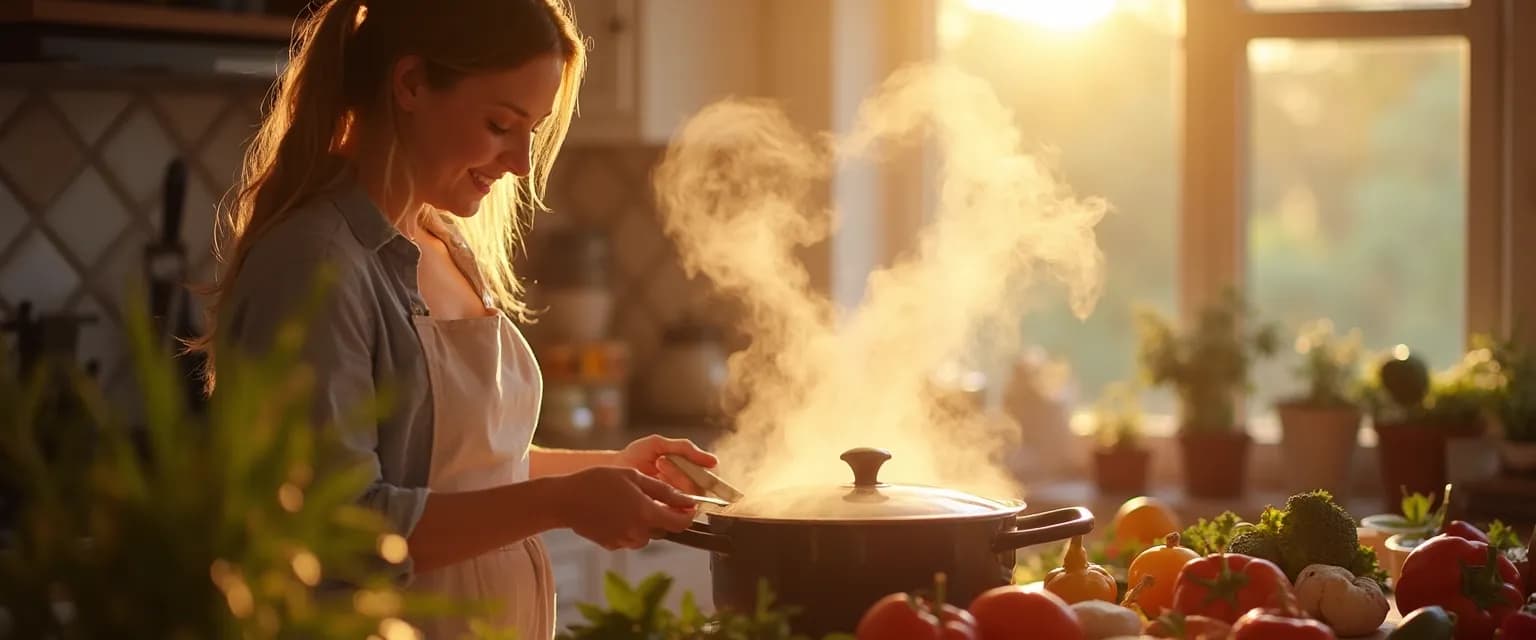Heartbreak Cuisine: How Cooking Therapy Helps in Healing from Heartbreak
Ever noticed how cooking becomes a refuge when your heart is in pieces? There's something about chopping vegetables and stirring sauces that creates space for emotional processing during difficult times. Healing from heartbreak often requires more than just time—it demands active engagement with activities that nourish both body and soul. Enter "heartbreak cuisine," a therapeutic approach to recovery that transforms your kitchen into a healing sanctuary.
The connection between cooking and emotional healing isn't just anecdotal. When you're focused on following a recipe, your mind naturally shifts away from rumination patterns that often accompany heartbreak. This culinary therapy engages multiple senses—the aroma of herbs, the sizzle of ingredients hitting a hot pan, the vibrant colors of fresh produce—creating a multisensory experience that grounds you in the present moment.
Science supports cooking as an effective strategy for healing from heartbreak. The methodical nature of food preparation activates parts of your brain associated with focus and creativity, offering a respite from emotional turmoil. Plus, the satisfaction of creating something nourishing provides a much-needed sense of accomplishment when other aspects of life feel out of control.
The Science Behind Cooking as Therapy for Healing from Heartbreak
When you're chopping vegetables or kneading dough, your brain releases dopamine—the feel-good neurotransmitter that's often depleted during heartbreak. This natural mood boost helps counteract the emotional lows that accompany relationship endings. Research shows that engaging in structured, creative activities like cooking stimulates neural pathways associated with pleasure and reward, providing natural relief during the healing from heartbreak journey.
Mindfulness in Cooking
Cooking naturally encourages mindfulness—a state of focused attention on the present moment. When you're measuring ingredients or monitoring cooking temperatures, your mind has little room for dwelling on painful memories. This mindfulness practice interrupts the cycle of rumination that often accompanies heartbreak, giving your emotional system a much-needed break.
Neurological Benefits
The act of cooking activates multiple brain regions simultaneously. Following recipes exercises your executive function—planning, organizing, and problem-solving—which can feel compromised during emotional distress. This cognitive engagement creates a temporary but vital shift away from emotional processing, allowing your nervous system to regulate and recover.
Beyond the neurological benefits, cooking establishes structure when emotions feel chaotic. The predictable sequence of preparing a meal—gathering ingredients, following steps, and enjoying the result—provides a comforting routine that anchors you during turbulent emotional states. This predictability becomes a cornerstone of healing from heartbreak, offering stability when other aspects of life feel uncertain.
Simple Recipes That Support Healing from Heartbreak
The best healing from heartbreak recipes balance comfort with nourishment. Start with one-pot meals that require minimal effort but deliver maximum satisfaction. A simple vegetable soup with immune-boosting ingredients like ginger and turmeric not only warms the body but provides anti-inflammatory compounds that support physical recovery from stress.
Mood-boosting foods play a crucial role in emotional healing. Dishes rich in omega-3 fatty acids (like salmon or flaxseeds) and complex carbohydrates (such as whole grains) help regulate serotonin levels, naturally lifting your spirits. A Mediterranean-inspired bowl with roasted vegetables, quinoa, and olive oil delivers these nutrients while requiring just enough attention to keep your mind engaged.
For days when emotions feel overwhelming, turn to no-fail comfort foods with healthy twists. Try cauliflower mac and cheese or sweet potato brownies—these familiar favorites provide emotional comfort while nourishing your body. The key is selecting recipes that match your energy level; on difficult days, choose simpler preparations that won't overwhelm you but still provide the therapeutic benefits of small accomplishments.
Your Path Forward: Cooking Through Stages of Healing from Heartbreak
As your healing from heartbreak progresses, let your culinary adventures expand accordingly. Begin with simple, foolproof recipes that guarantee success, then gradually challenge yourself with new techniques or cuisines you've always wanted to explore. This culinary progression mirrors your emotional journey—starting with basic self-care and gradually building toward growth and new experiences.
Consider hosting small dinner gatherings as you feel ready. Cooking for others combines the therapeutic benefits of food preparation with social reconnection, addressing multiple aspects of heartbreak recovery simultaneously. These shared meals create new food memories that aren't associated with your past relationship, effectively rewriting your emotional relationship with certain dishes or dining experiences.
The skills developed through "heartbreak cuisine" extend far beyond the kitchen. The patience, creativity, and self-nurturing practiced through cooking become valuable tools for healing from heartbreak and navigating future emotional challenges. By transforming raw ingredients into nourishing meals, you're symbolically demonstrating your capacity to transform pain into something sustaining and meaningful.




